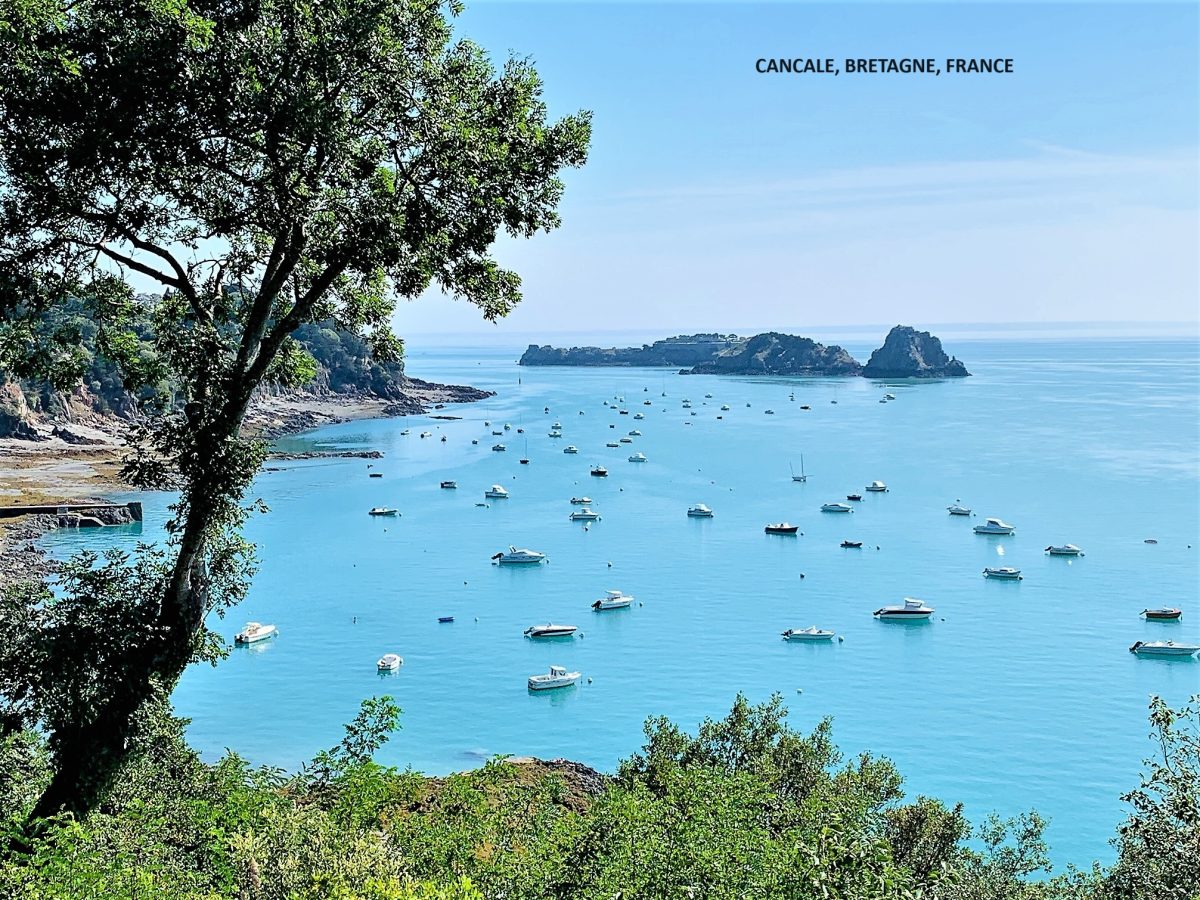Klodzko is a small town of 27,000+ inhabitants in Lower Silesia, just a few miles short of the Czech Republic. It straddles the Nysa Klodzka River.
We paused at the place on our way to the Czech Republic and decided to stay over following the recommendation of a friend of a friend who had herself visited the place. She thought the 1760 Fortress which dominates the town would interest us. It didn’t. It is in good condition and provides reasonable views over the surrounding countryside but I have seen too many fortresses this year to be impressed by this one – I believe this was the fourth so far this year and, anyway, I much prefer castles to fortresses.
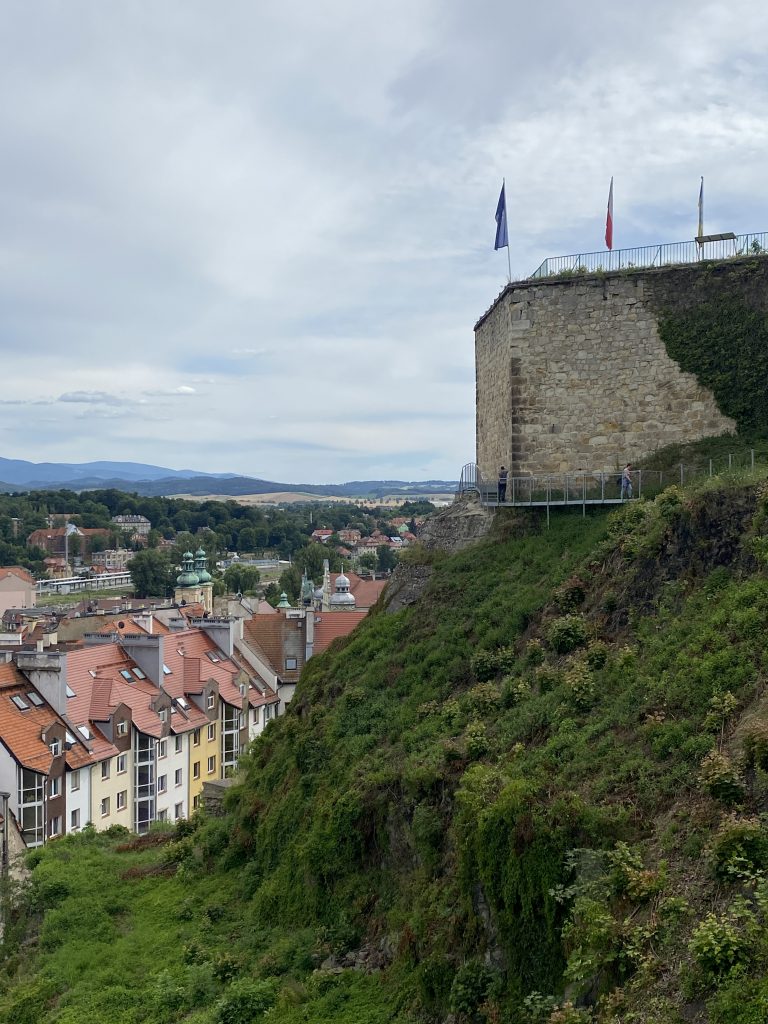
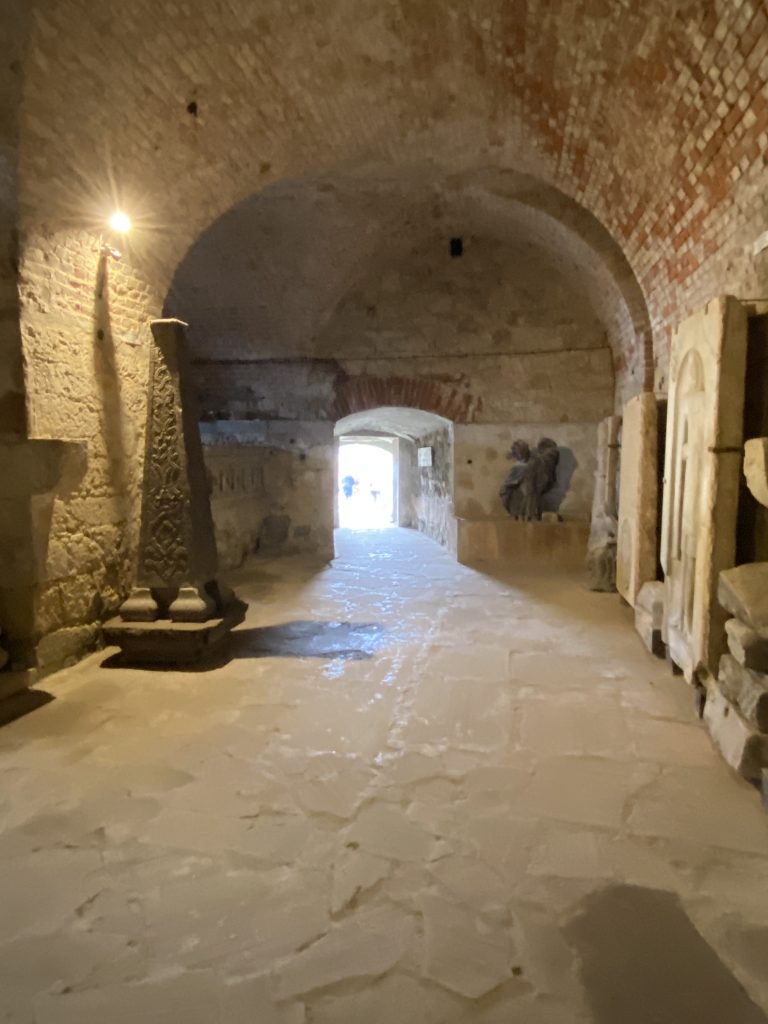
In contrast to the castle, however, I did find the town itself interesting. It is a small town with a fine, historic old town square which is dominated by the Ratusz (Town Hall).
On the same side of the river as the town hall is the Assumption of Mary Parish Church which dates back to the 1344 (although there was an earlier wooden church on this site some two hundred years before) and was built by the Knights of the Order of St John. I was unable to gain access to this church but it is supposedly very beautiful inside.

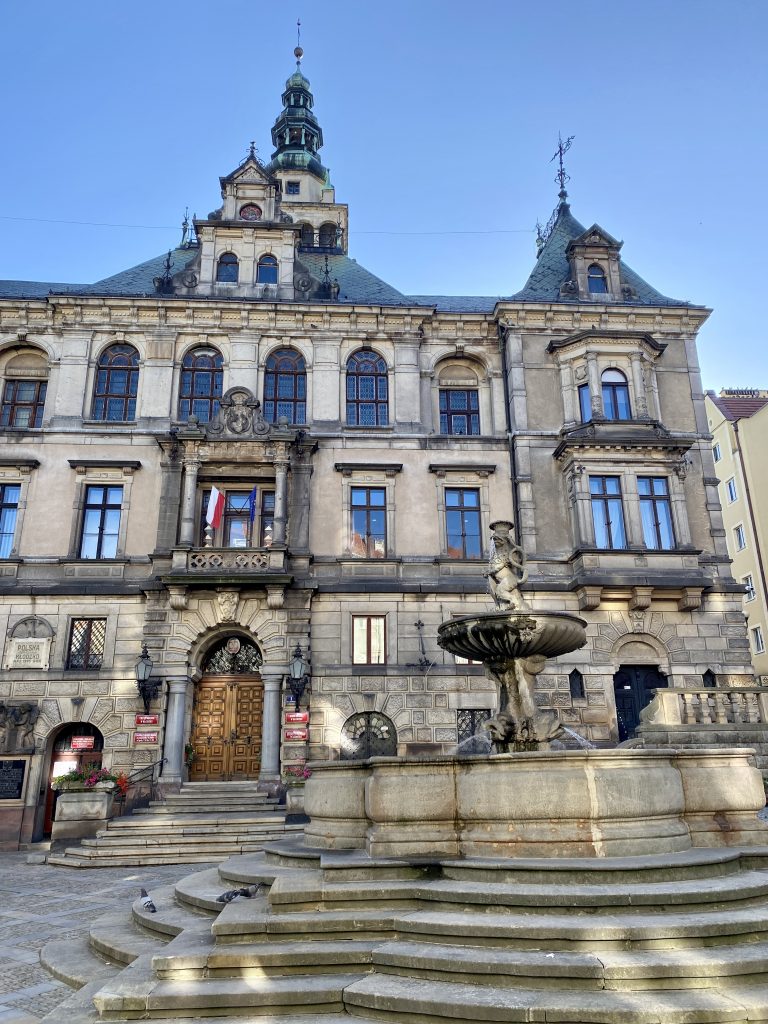
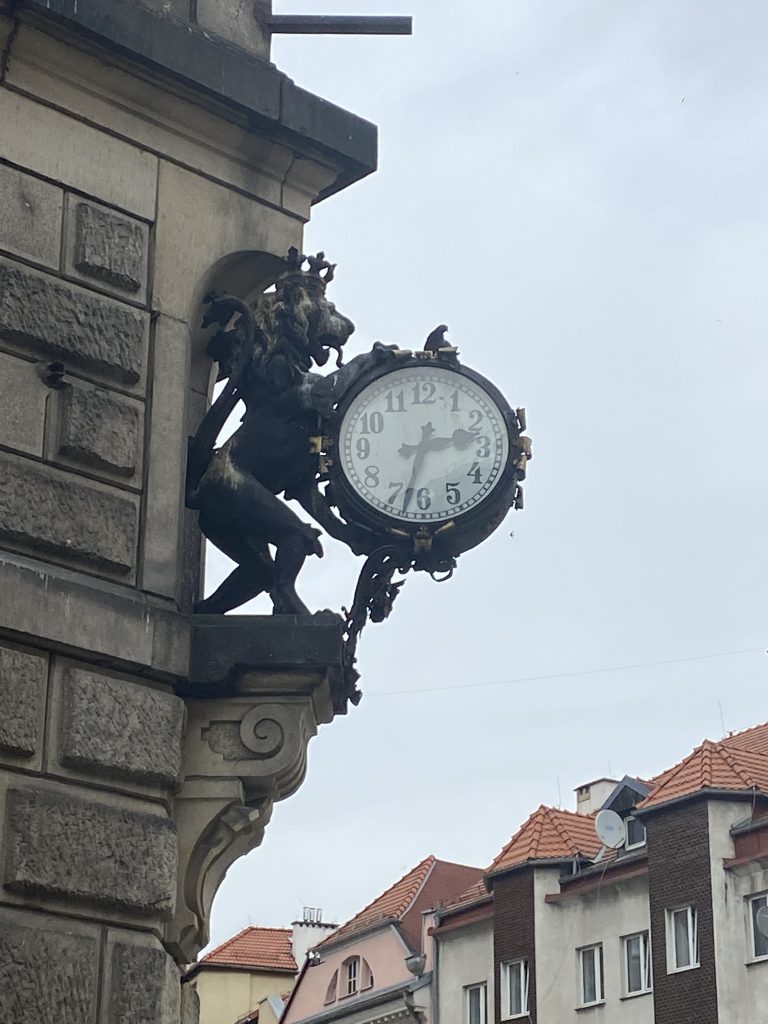
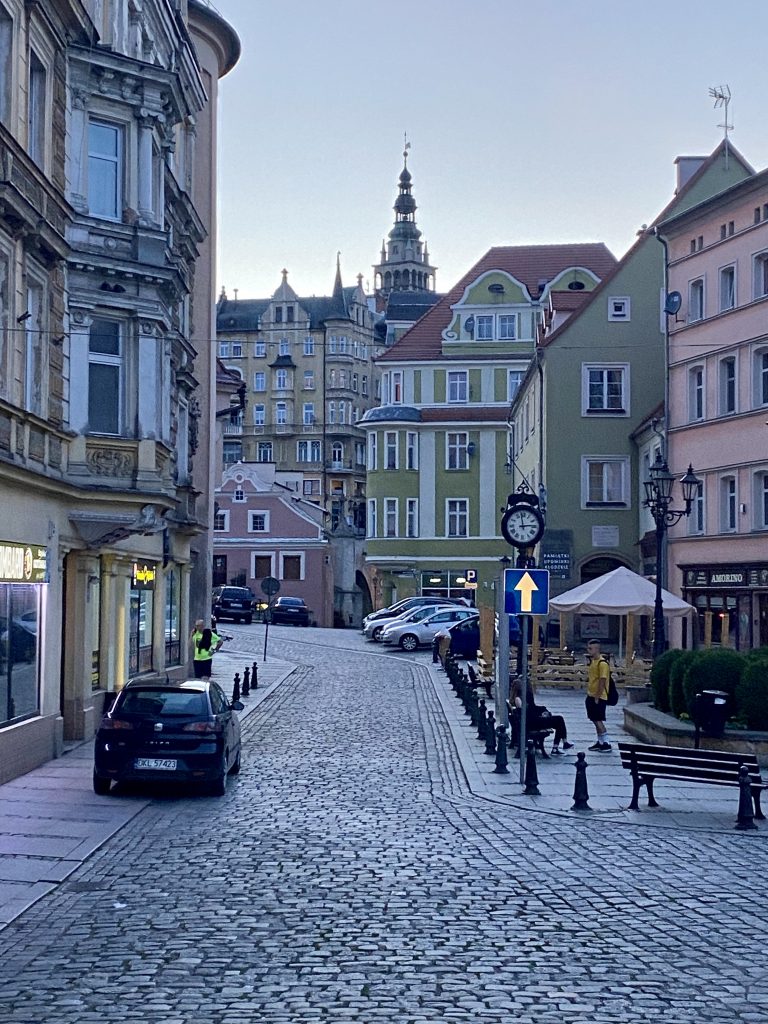


My interest in the town increased further after I arrived at the St John Bridge which leads across the river to the Franciscan Church of Our Lady of the Rosary. This much smaller church dates back to 1631 and I was able to gain access.
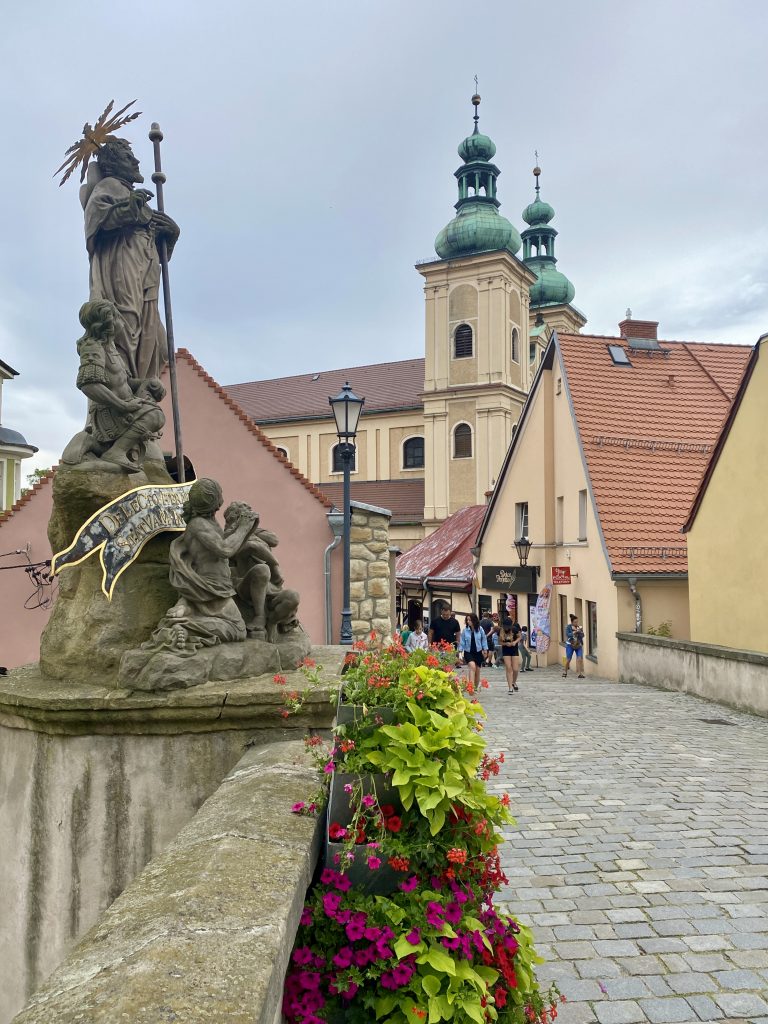
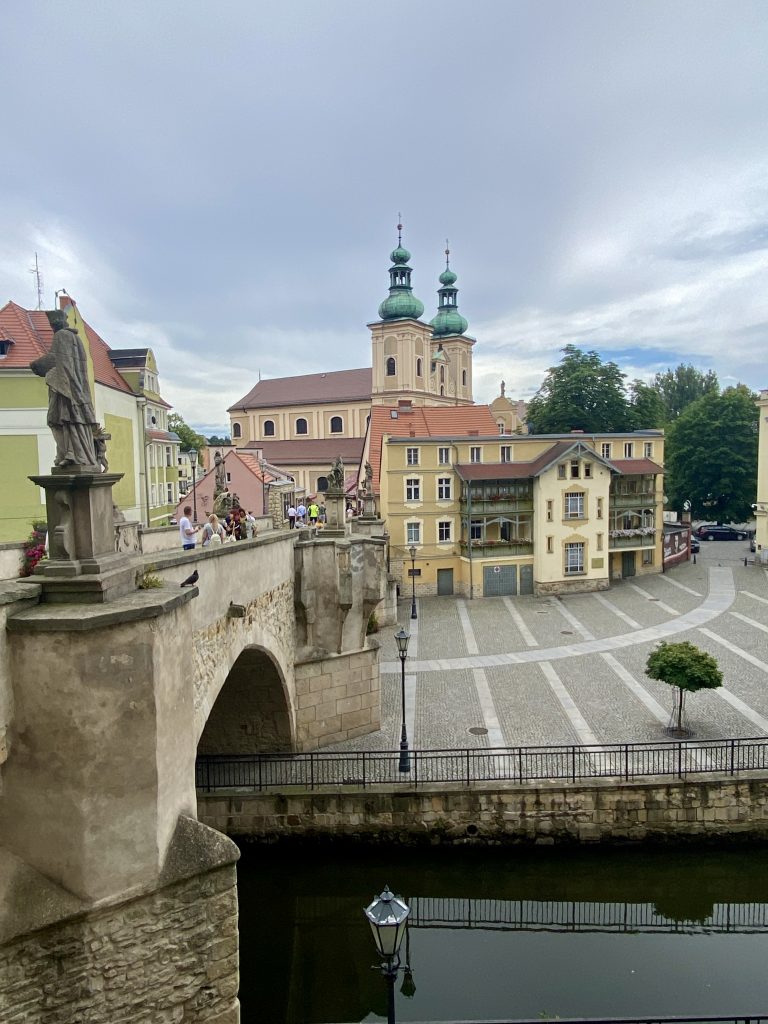


Leaving aside the buildings I have already mentioned there is not much else in the town to interest a passing tourist (There’s a 1km underground city trail but while I found the exit I could not find the entrance) but it struck me as a friendly enough place. Indeed, everywhere we have been during our short time in Lower Silesia we have been impressed with the apparent friendliness of the local people and Klodzko was no different.
We went back into Klodzko for dinner that evening at a place which had been recommended to us, the Restaurant Nota Bene. Poland appears as welcoming towards dogs as the rest of Europe and Nala and Beanie were allowed inside. The restaurant had sturgeon* on the special’s board and the waitress (also the owner’s daughter) recommended it together with a German Riesling. Given that she is training to be a sommelier and is soon going to Paris to complete her certification it would have been inappropriate to ignore her advice and so, we ordered two bottles. The sturgeon and the wine were fabulous.
One of the particularly pleasant aspects of our visit to the town and in particular to the Nota Bene was listening to the waitress, a graduate from Wroclaw University, describe how the Poles in the area, especially Wroclaw where there are a significant number of students, have come to terms with the aftermath of WW2 and in particular the de-Germanisation of Lower Silesia. She understands and is sympathetic to how the Germans (and surprisingly the Italians) insist on referring to Wroclaw as Breslau. That impressed me.
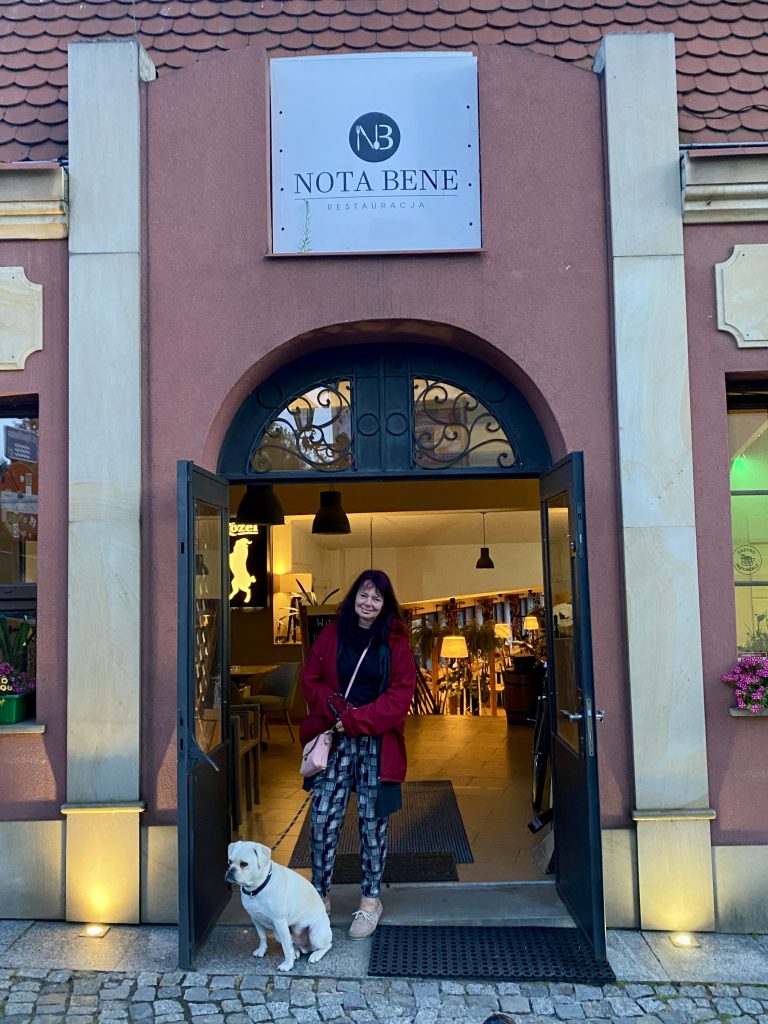
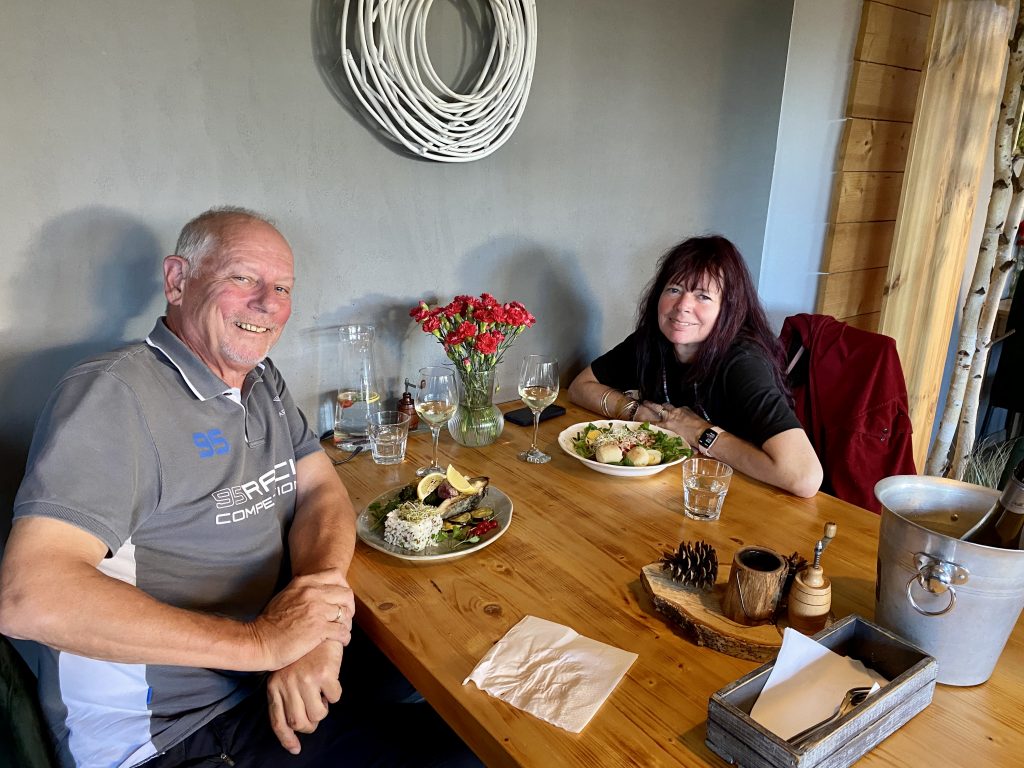

* When I ordered the sturgeon (which I have never eaten before) I didn’t realise how rare and historically important sturgeon now is or I would perhaps have ordered differently but, in my defence, the waitress went into some detail as to how careful the local people are in terms of conservation. At the time, I didn’t understand why she was labouring this point so much but then I read up on the fish.
Sturgeon are considered living fossils which date back to the Late Cretaceous Period (i.e. hundreds of millions of years old). They can live up to 150 years and while the smallest species grow to an average of 3 feet, the largest (the Beluga) can grow up to 25 feet long and weigh 3,500lbs. Sadly, the Sturgeon species is now on the endangered list because of overfishing, the demand for caviar and habitat loss.

